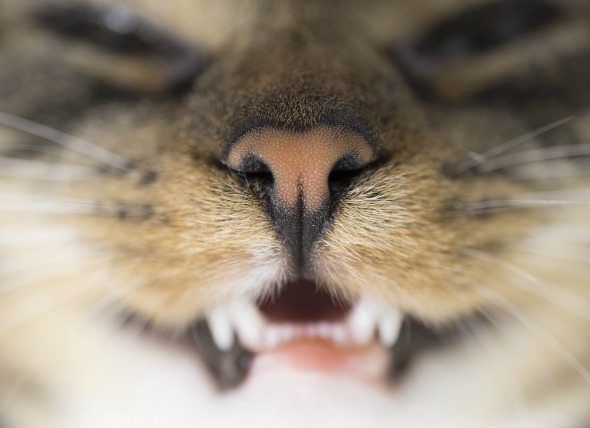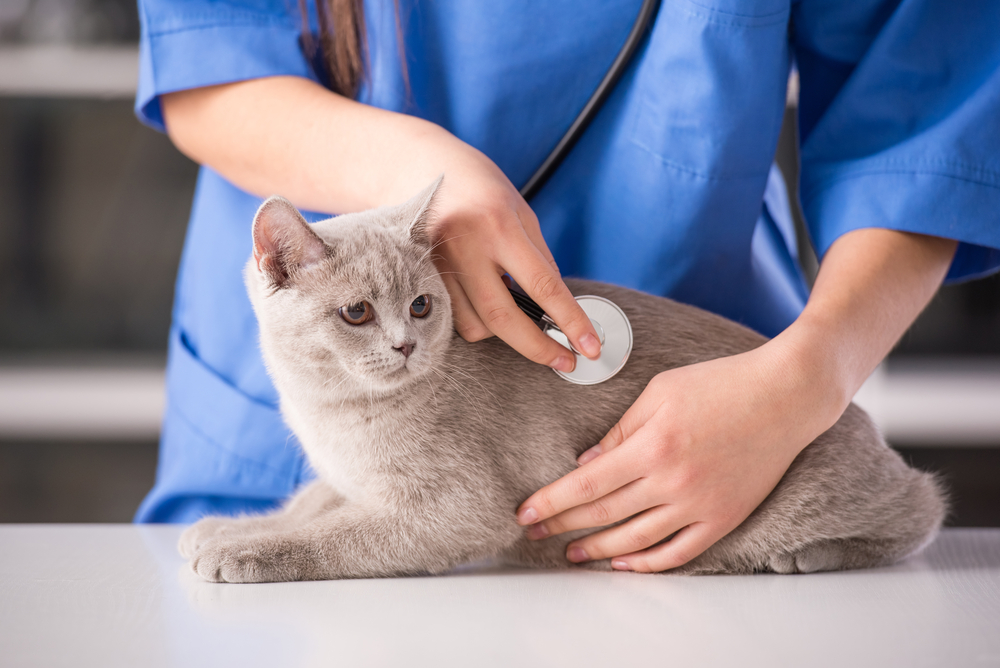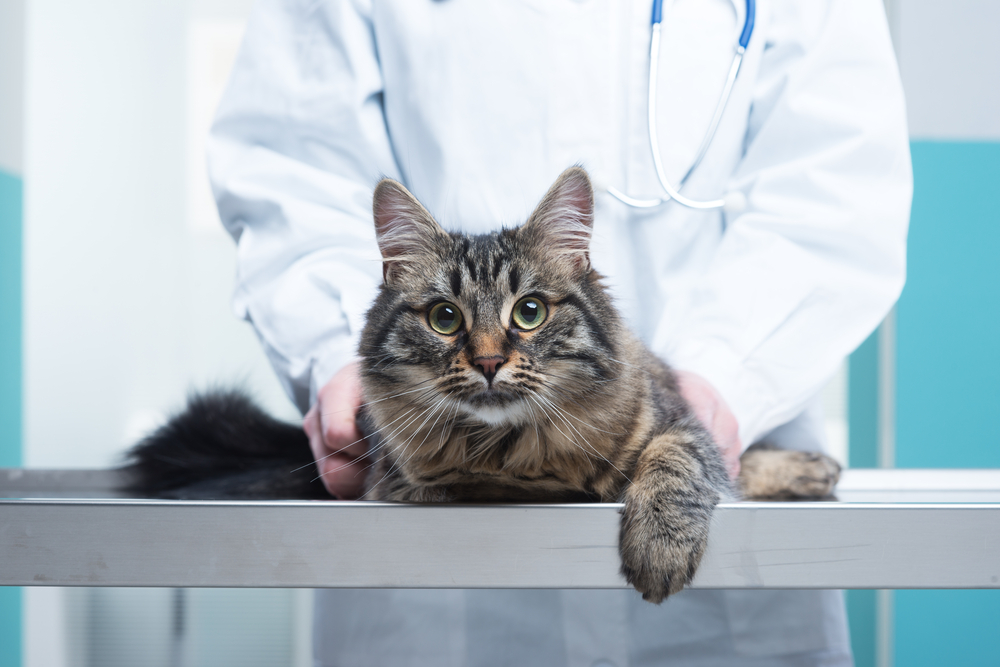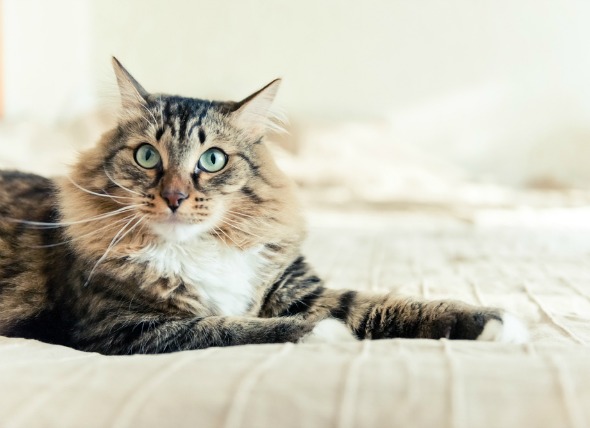Here's a collection of cat facts about one of the most important elements of cat behavior to understand, social behavior and interaction. I've tried to include facts that I think are helpful.
We often love cats for their independence. When they pay us some attention, we usually feel honored. A cat that asks for a belly scratch should be given your full attention.
If you've ever wondered what your cat is thinking, or why he does what he does, you're not alone. Cats are mysterious creatures.
As a good pet owner, though, one of your responsibilities is to learn how to better care for your cat. Here are some unique cat facts that may help you better understand your feline friend.
1. I need time to be alone. The ancestor of the domestic cats we have today lived alone. They were not pack animals like dogs. Although cats do sometimes form colonies, they usually time share their territory with other cats when they are forced to live close together.
2. Kitten's get their friendly traits from their father's genes (mostly), and their mother's teachings.
3. The most important time in a kittens life, when it comes to socialization, is between two and seven weeks old.
4. Cats can go through a second socialization process when recovering from a trauma. This can go two ways, resulting in either more friendliness, or less friendliness than before the trauma.
5. Domestic cats descended from solitary creatures. Being solitary and hunting alone by nature, they have a limited set of communication skills, especially body language.
6. Cats make up for limited body language in social settings in a number of ways. One of those ways is to scent everything; another is to be stealthy and fast!
7. Your cats will leave their scent in strategic places all over their territory. They'll also leave their scent on you and other animals in the house. This creates a communal scent, and provides your cats with comfort knowing that these animals are part of the same social group.
8. When you scratch your cat's back, you'll notice that she will raise her back end up so as to better scent your hand. She'll also very often stiffen her tail while keeping it bent.
9. A vertical tail is a sign of happiness, and also used as a greeting. Your cat would probably like it better if you had a tail too, but I guess you'll do as is.
10. When the front paws are curled up and tucked in, and the back legs are outstretched to the side, your cat is relaxed and secure.
Did you find these cat facts interesting? I hope at least some of them surprise you a bit. If you take a minute to read between the lines, most of them will allow you to better understand how your cat communicates.

 Tooth Dislocation or Sudden Loss in Cats
Tooth Luxation or Avulsion in Cats
There are diff
Tooth Dislocation or Sudden Loss in Cats
Tooth Luxation or Avulsion in Cats
There are diff
 Bad Breath (Chronic) in Cats
Halitosis in Cats
Periodontal disease caused by p
Bad Breath (Chronic) in Cats
Halitosis in Cats
Periodontal disease caused by p
 Anemia Due to Red Blood Cell Damage in Cats
Anemia, Heinz Body in Cats
This is a condition in
Anemia Due to Red Blood Cell Damage in Cats
Anemia, Heinz Body in Cats
This is a condition in
 Bleeding Under the Skin of Cats
Petechia, Ecchymosis, and Bruising in Cats
Bruisi
Bleeding Under the Skin of Cats
Petechia, Ecchymosis, and Bruising in Cats
Bruisi
 High Blood Pressure in Cats
Systemic Hypertension in Cats
Hypertension
High Blood Pressure in Cats
Systemic Hypertension in Cats
Hypertension